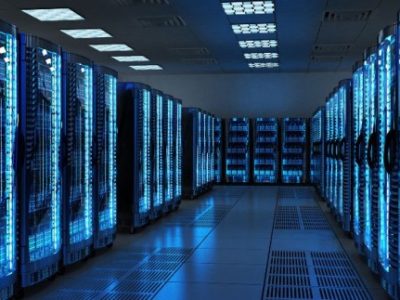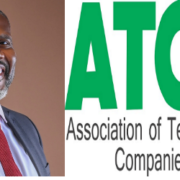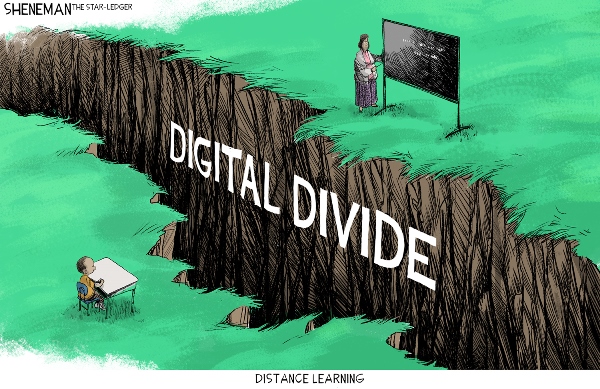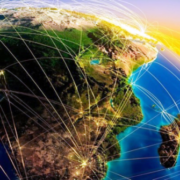By Deepak Chopra, MD, FACP, FRCP and D. K. Matai, PhD
The most credible overview of the future of artificial intelligence is also the simplest: AI will change everything. Not a single aspect of human endeavor will escape the influence of AI, its enormous computing ability, speed, and sophisticated machine learning. The overwhelming impact of AI is rising with unprecedented speed.
RELATED: Artificial Intelligence elevating eLearning as nextgen edtech spurs seismic economic shifts
To give a single example in the field of medicine. Patients need the most accurate diagnosis that is available, and at present, there is already an AI bot that physicians can use anywhere to improve their diagnostic skills. In trials this bot improved cancer diagnoses by 70%. A crucial step in diagnosis occurs in the pathology lab, where a patient’s tissue sample is examined to determine if anomalous, pre-cancer, or malignant cells are present. It’s a painstaking, time-consuming task, yet an AI program developed at Mt. Sinai Hospital in New York is being tested that can examine thousands of tissue samples at lightning speed, learning through patterns recognition exactly which cells show a potential for cancer or are actually malignant.
The key words that everyone is soon going to become familiar with follow the same pattern as the cancer AI: rapid analysis of immense amounts of data, pattern recognition, the replacement of trial and error, so-called “large language” applications (i.e., sorting and making sense of how to organize data into knowledge groups), feedback loops, and more.
But one word you won’t see—and shouldn’t believe if you do in the context of AI —is consciousness. As powerful as AI is, a machine cannot duplicate human awareness, because machines don’t experience anything; they compute. What is emerging as the next stage of machine-learning evolution is Hybrid Intelligence (HI), in which human intelligence is augmented by AI bots. That’s essentially what is about to happen in medical diagnosis. The doctor still makes the call, with AI as an augmentation of his or her skill.
HI depends on the level of consciousness of the user, which is true, of course, for any tool, going back to ancestral stone blades made of flint shards. A simple blade, as history has proved, can be an indispensable tool in the kitchen or a lethal weapon. The blade itself is neutral. So the debate about the negative versus the positive aspects of AI is open-ended and isn’t likely to be settled.
The future doesn’t belong, in fact, to white hats or black hats, good actors or bad actors. It belongs to users who can sort out potential deception and dismantle it. Vigilance and verification aren’t foreign to anyone anymore—social media has made all of us aware of disinformation, hacking, ransomware, spam, and scams of all sorts. To be unaware isn’t viable, but at the same time, the extreme threats raised by AI seem fanciful to us.
The most extreme and alarming scenarios involve AI machines that do any or all of the following: Take over from their masters, pursue their own agendas, outsmart humans, pose catastrophic harm to society, and attain a godlike level of knowledge around which worshipful cults will develop. Some very smart minds take such threats seriously, which is the necessary first step toward nullifying the threats at an early stage or before they crop up.
But the odds are in favor of HI, thanks to a simple advantage. Augmenting human intelligence with AI will reverse the dumbing down of society that has been decried for decades. With vast information instantly available, and machine learning to do the routine tasks that dehumanize workers and turn them into rote brain puppets, being smart becomes a normal, easily accomplished task. The achievements of Khan Academy, which has experts teaching courses online, complete with levels of difficulty, and practical exercises, will be available from preschool onward. But Khan Academy is just the most well-known among several other platforms that offer similar online courses, exercises, and levels of difficulty for learners of all ages, and more will inevitably follow.
In an HI learning environment, the student is free to ask questions, get dynamic personal feedback, and proceed as deeply into any subject as he or she wishes. Google and Bing search engines are already caught up in an AI duel to make searches interactive, employing not merely search words but whole sentences that the AI bot can comprehend and respond to. It is only a matter of time before someone with emotional issues, particularly adolescents, the age group that struggles every day with questions of identity, purpose, self-esteem, and relationships, can take advantage of online AI therapy that doesn’t simply mimic catch phrases used by psychotherapists but listens and responds to exactly what the user is saying.
No doubt there is a blurry line between the right and wrong use of interactions that get this personal, and people are right to worry about who is actually at the other end of the conversation. But ironing out the kinks is a secondary task compared with the 90% of people with psychological issues who never see a therapist. Expand this to the whole field of self-healing, and HI shows no limitations.
Progress isn’t made through better technology. It is made by fulfilling a vision, finding the tools to reach a higher goal. The potential of human creativity is infinite. Anyone’s next thought, word or deed can bring something new into the world, a promise that has been abundantly fulfilled ever since Homo sapiens made a huge cognitive leap—the leap into expanding the higher brain—from 50,000 to 30,000 years ago. HI is like a bridge to the field of infinite possibilities that up to now has been reached only by geniuses, the enlightened, great artists, prophets, visionary innovators, and those who have made the personal breakthrough of a peak experience.
AI’s role is to make access to infinite possibilities a universal gift, through vast computing ability, machine learning, and superhuman speed. But it takes human intelligence to actually have the experience, to want it, to benefit from it personally. A vision of HI that doesn’t embrace the infinite falls woefully short. Yet the first step to fulfilling such a vision is to know that it exists, which has been the intent of this article.
AUTHORS
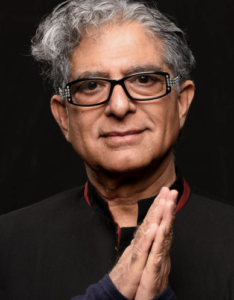
DEEPAK CHOPRA MD, FACP, FRCP, founder of The Chopra Foundation, a non-profit entity for research on well-being and humanitarianism, and Chopra Global, a whole health company at the intersection of science and spirituality, is a world-renowned pioneer in integrative medicine and personal transformation. Chopra is a Clinical Professor of Family Medicine and Public Health at the University of California, San Diego and serves as a senior scientist with Gallup Organization. He is the author of over 90 books translated into over forty-three languages, including numerous New York Times bestsellers. His 91st book, Total Meditation: Practices in Living the Awakened Life explores and reinterprets the physical, mental, emotional, relational, and spiritual benefits that the practice of meditation can bring. For the last thirty years, Chopra has been at the forefront of the meditation revolution. His latest book, Living in the Light co-authored with Sarah Platt-Finger. TIME magazine has described Dr. Chopra as “one of the top 100 heroes and icons of the century.” www.deepakchopra.com
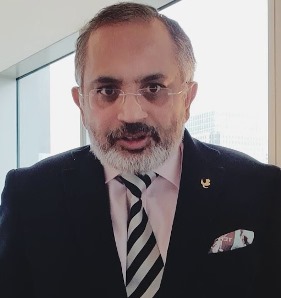
DK MATAI is a super computing design engineer turned entrepreneur and philanthropist with a keen interest in the well being of global society. DK founded mi2g in 1996, the global risk specialists, in London, UK, whilst reading for his PhD at Imperial College, London, in Super Computing. The company won the Queen’s Award for Bespoke Security Architecture. DKM has led 100+ million dollar large scale system design projects at billion dollar financial institutions in North America, Europe, and Asia. He honed his skills in massive parallel processing at IBM, STMicroectronics, and Electrosonic.






